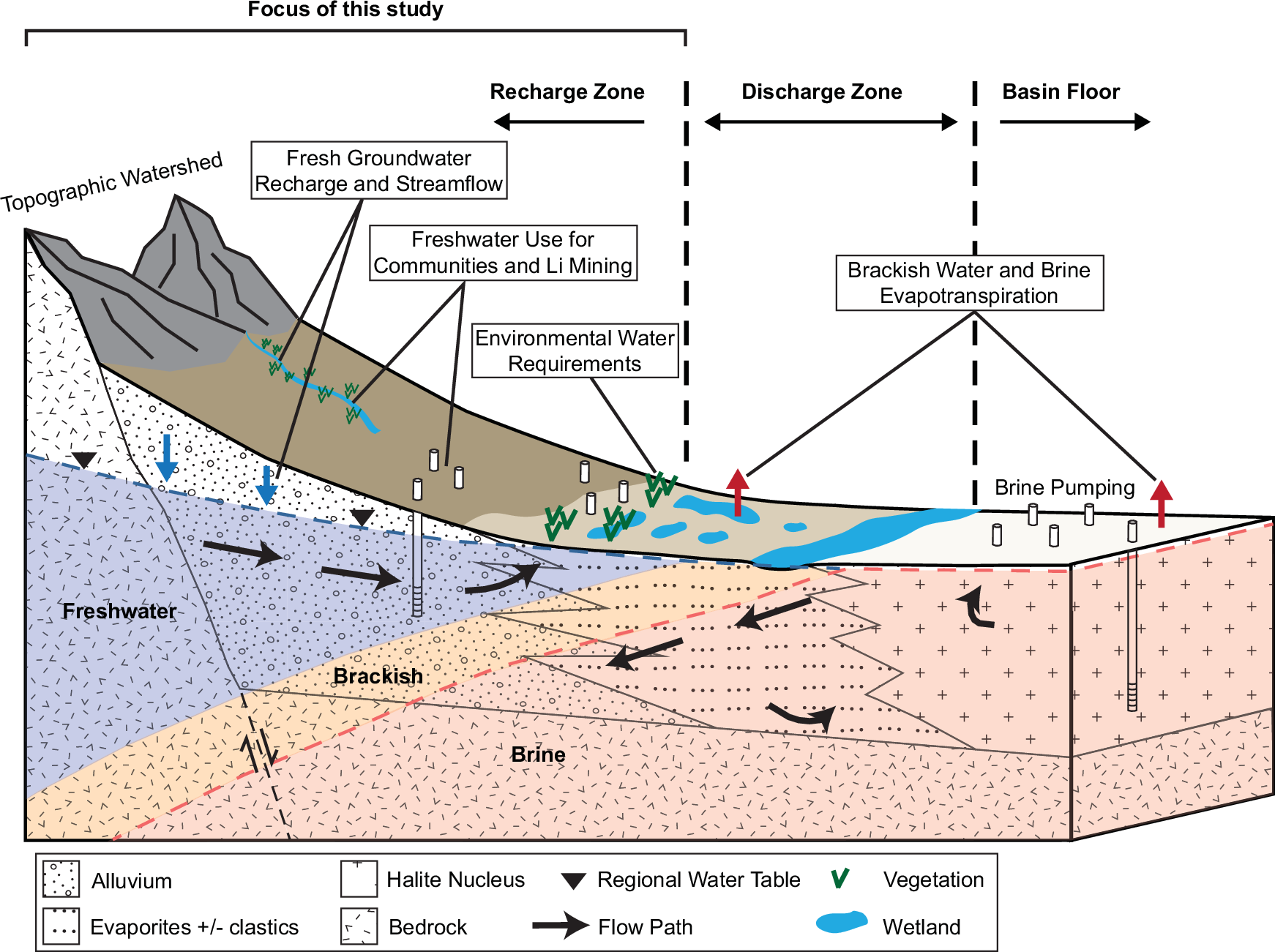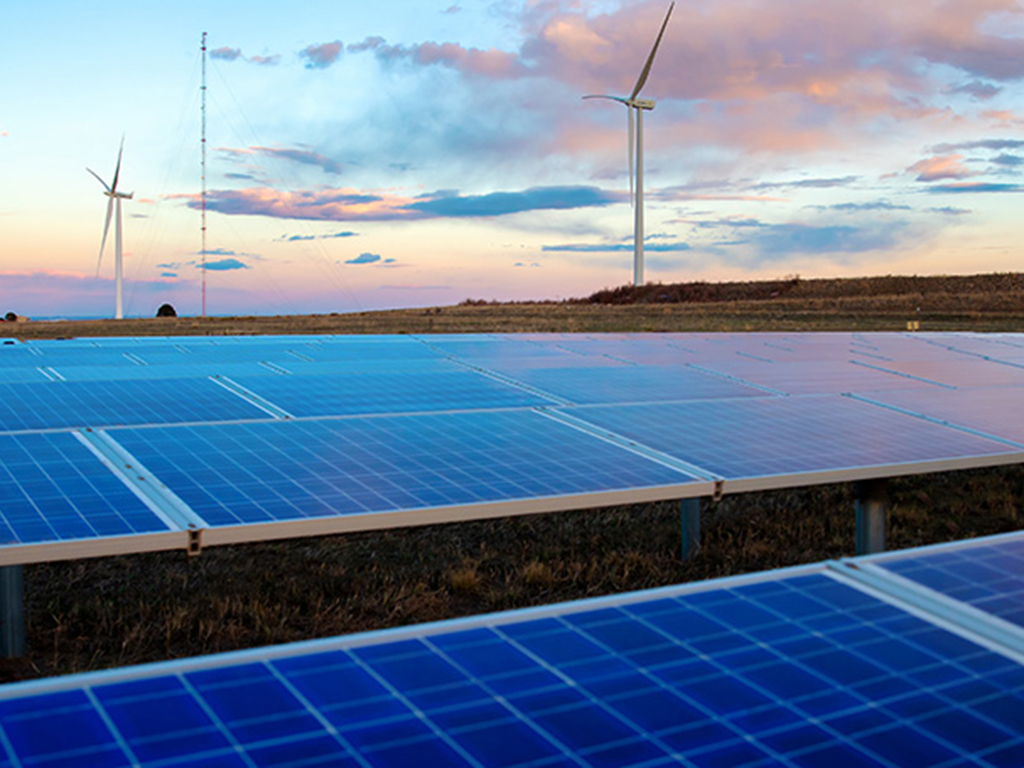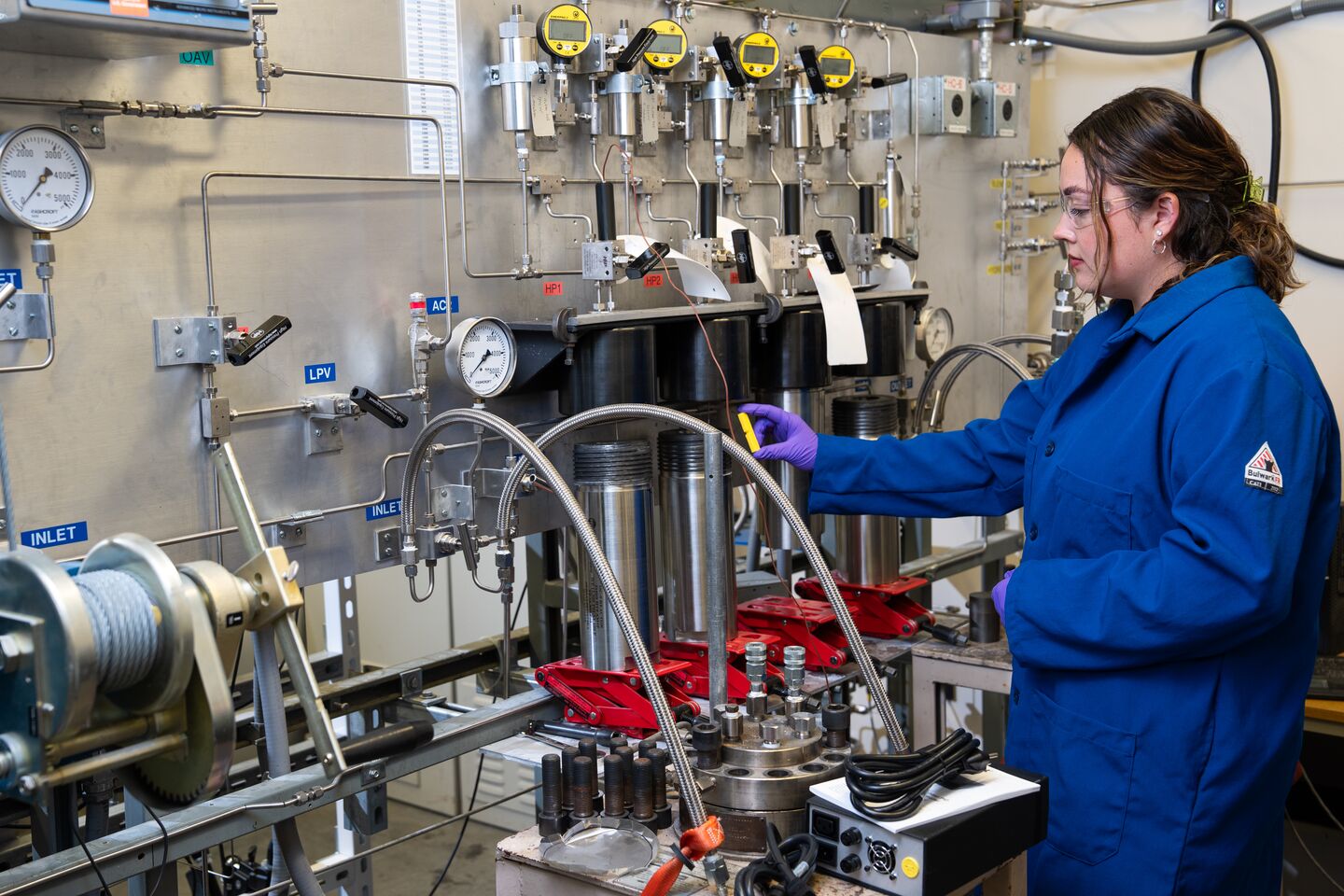2025-03-26 マサチューセッツ大学アマースト校
<関連情報>
- https://www.umass.edu/news/article/we-are-vastly-overestimating-amount-fresh-water-available-lithium-mining-new-study
- https://www.nature.com/articles/s43247-025-02130-6
チリ、アルゼンチン、ボリビアにあるアンデス高原の閉鎖盆地への淡水流入量 Freshwater inflows to closed basins of the Andean plateau in Chile, Argentina, and Bolivia
Alexander B. Kirshen,Brendan J. Moran,Lee Ann Munk,Aeon A. Russo,Sarah V. McKnight,Jordan Jenckes,Daniel B. Corkran,Magdalen Bresee & David F. Boutt
Communications Earth & Environment Published:26 March 2025
DOI:https://doi.org/10.1038/s43247-025-02130-6

Abstract
More than half the world’s lithium resources are found in brine aquifers in Chile, Argentina, and Bolivia. Lithium brine processing requires freshwater, so as lithium exploration increases, accurate estimates of freshwater availability are critical for water management decisions in this region with limited water resources. Here we calculate modern freshwater inflows, such as groundwater recharge and streamflow, for 28 active or prospective lithium-producing basins. We use regional water budget assessments, field streamflow measurements, and global climate and groundwater recharge datasets. Using the freshwater inflow estimates, we calculate water scarcity using the Available Water Remaining methodology. Among all 28 basins, freshwater inflows range from 2 to 33 mm year−1. Our results reveal that commonly used global hydrologic models overestimate streamflow and freshwater availability substantially, leading to inaccurate water scarcity classifications.



